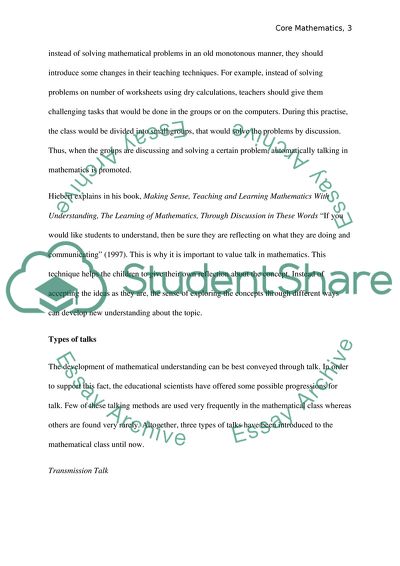Cite this document
(The Development of Mathematical Understanding in Students Assignment, n.d.)
The Development of Mathematical Understanding in Students Assignment. Retrieved from https://studentshare.org/education/1738194-core-mathematics-assignment-2-parts
The Development of Mathematical Understanding in Students Assignment. Retrieved from https://studentshare.org/education/1738194-core-mathematics-assignment-2-parts
(The Development of Mathematical Understanding in Students Assignment)
The Development of Mathematical Understanding in Students Assignment. https://studentshare.org/education/1738194-core-mathematics-assignment-2-parts.
The Development of Mathematical Understanding in Students Assignment. https://studentshare.org/education/1738194-core-mathematics-assignment-2-parts.
“The Development of Mathematical Understanding in Students Assignment”, n.d. https://studentshare.org/education/1738194-core-mathematics-assignment-2-parts.


